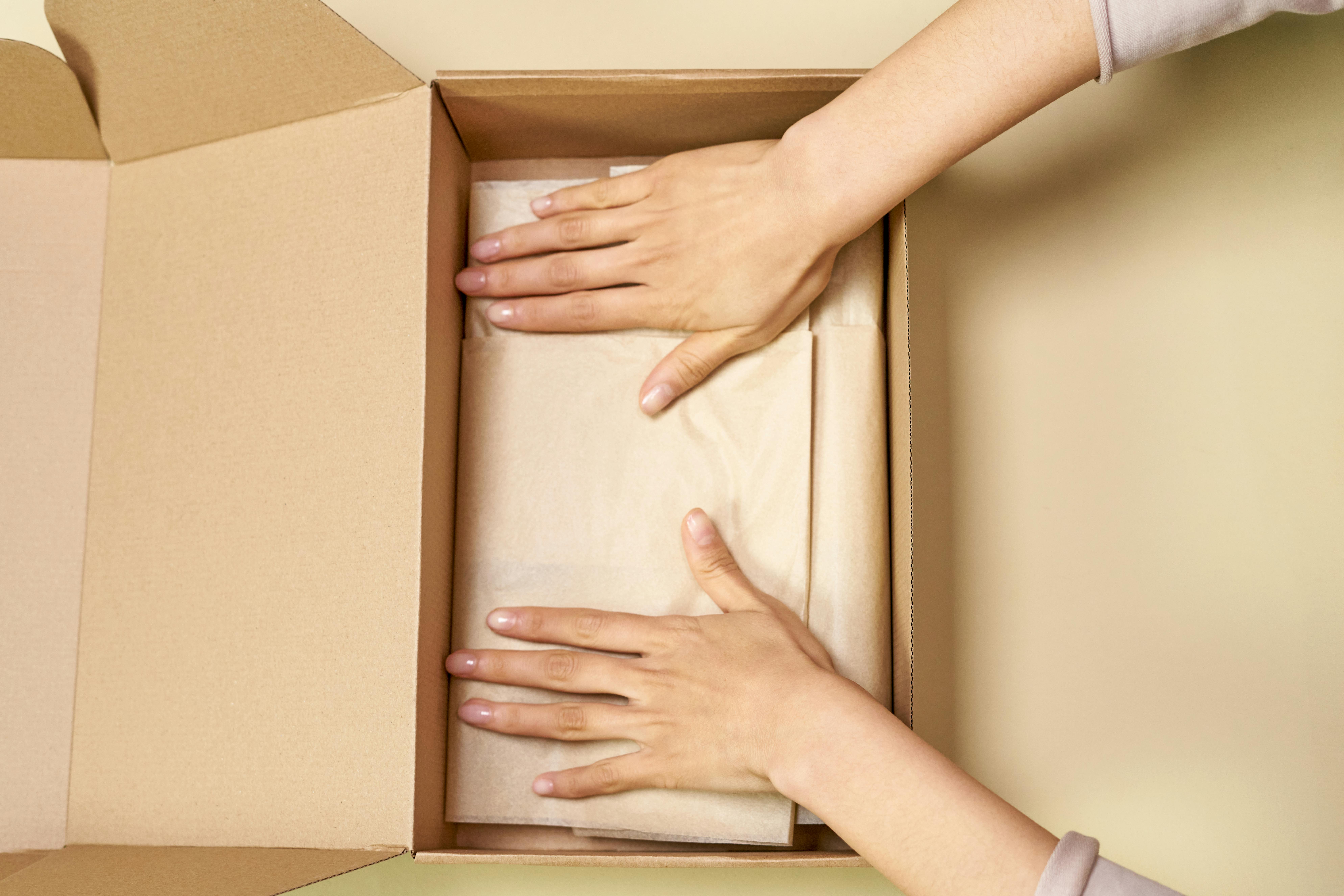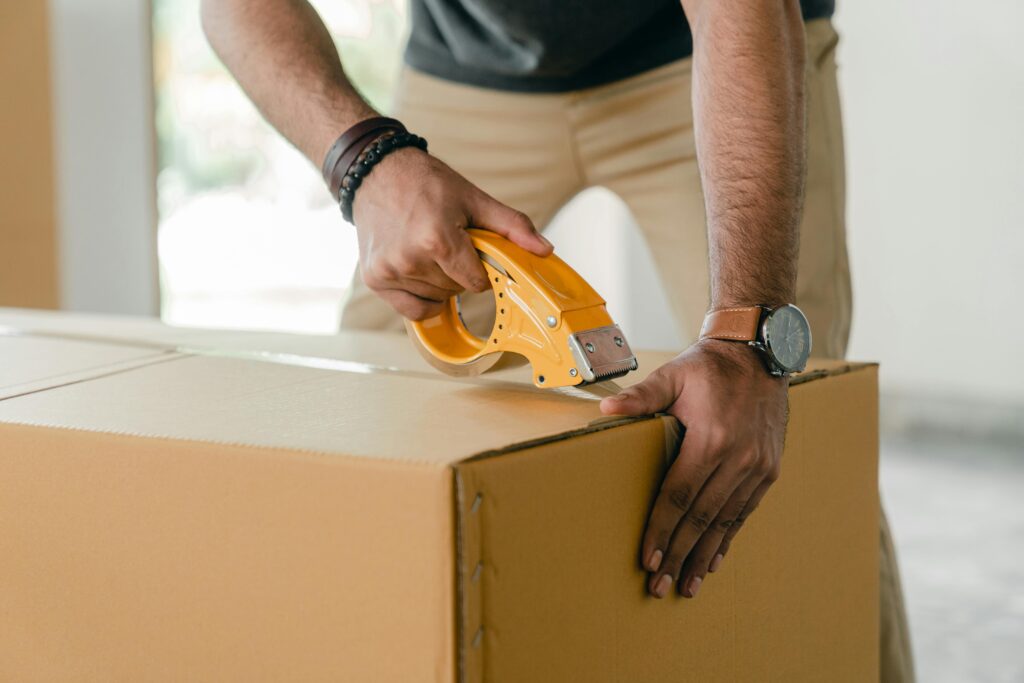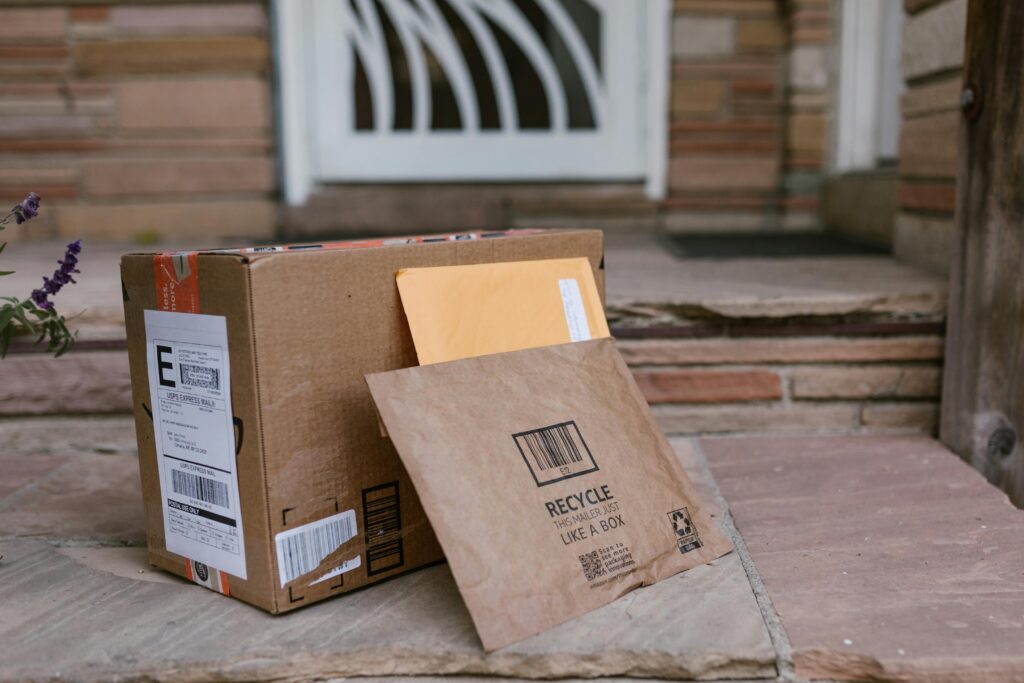
Wrapping Parcels: The Ultimate Guide
Why Does It Matter?
Wrapping a parcel might feel like second nature to most of us. Whether it’s for a birthday, a holiday, or just a spontaneous act of kindness, nearly everyone has wrapped a gift for someone at some point. However, many people don’t realise that sending a parcel through the post isn’t quite the same as wrapping a present to place under the tree. A simple combination of wrapping paper and a cardboard box often isn’t enough to safeguard fragile items during transit.
Every day, countless senders and recipients discover this the hard way. With millions of parcels moving through the UK’s postal and courier networks daily, it’s important to pack yours properly. Here’s a straightforward, step-by-step guide to help ensure your parcel arrives safely and with minimal risk of damage.
How To Correctly Wrap A Parcel For Delivery
- Select the right packing or box
- Protect the contents
- Seal the parcel securely
- Label clearly and correctly
- Add special instructions (if needed)

Choosing the Right Packing Materials
When packing your item, it is very important to consider external factors such as the weather, duration of transit and the quality of the packing materials.
- Select a study, ideally corrugated cardboard box which fits your item snugly
- Avoid reusing older boxes, unless they’re in excellent condition
- For soft items, consider using padded envelope or eco-friendly mailing bags
Weather conditions such as rain, cold, or extreme heat should be taken into account. Depending on the delivery location, the parcel may be left outside if the recipient isn’t home, so it’s important to ensure the packaging can withstand exposure to the elements during transit.
Protect the Contents of Your Parcel
Now, arguably the most important part is ensuring the item is protected from impact. Since parcels are handled by many people and may be dropped or jostled in transit, it’s essential to pack items in a way that minimizes the risk of damage. This stage of the packaging process is what keeps the contents safe from accidental drops or rough handling as they move through the delivery network.
- Wrap fragile items securely using bubble wrap, packing foam, or paper. Whenever possible, choose eco-friendly, recyclable materials instead of plastic to help protect the environment.
- Fill any empty spaces with packing peanuts, crumpled paper, or air pillows to prevent the item from shifting inside the box. These materials also help absorb shock if the parcel is dropped from a height.
- Shake the box gently—if you hear rattling, add more padding. The goal is to ensure everything inside is snug and secure.
- Reinforce box corners and sides with tape if needed. If the box still feels unstable, apply extra packing tape to the corners and edges to strengthen it and improve its durability.

Label Parcel Clearly and Correctly
The address label is the most critical part of your parcel. If it becomes damaged or illegible, your parcel could get lost in the delivery system—causing unnecessary delays and frustration for everyone involved. To avoid this, make sure the label is firmly attached and clearly visible to reduce the risk of nondelivery.
- Write the recipient’s full address, including the postcode (and the country, if it’s an international shipment).
- Include a return address on the parcel in case the delivery cannot be completed and the item needs to be sent back.
- Place the label on the top of the box and avoid covering it with tape. Ensure the label is easy to read and that all the information is accurate and up to date
In the world of couriers and logistics, incorrect or unclear address labels are a leading cause of delays and failed deliveries. A clear, well-placed label helps delivery teams quickly identify the parcel and ensure it reaches the correct destination.
Write Special Instructions When Required
Special instructions are more commonly used in courier services, but they’re not new to standard domestic parcel deliveries. While traditional delivery services often discourage the use of “fragile” stickers, many senders still choose to include them.
In high-volume distribution centers, these labels are often overlooked due to time constraints and the sheer number of parcels handled daily. However, in same day courier services, such instructions are more likely to be noticed and followed, as these services are more tailored and focused on the specific item being delivered.
- Special instructions can include any parcel handling notes the sender wants the delivery team to consider. These can be written directly on the parcel with a marker or added using stickers.
- Permission to Post. This allows the courier to post the item through a letterbox without needing a signature or confirmation—something that wouldn’t typically be done without explicit consent.
- Do Not Bend. Commonly used for photographs, certificates, or important documents, this instruction is usually respected to ensure the item remains undamaged.
- This Side Up. Used for items that must remain upright during transit. This is especially important for medical equipment or sensitive goods, and is generally followed carefully regardless of the sender.
Final thoughts
Properly wrapping a parcel isn’t just about presentation – it’s about protection, reliability, and ensuring your item reaches its destination in perfect condition. By choosing the right packaging, securing the contents, and preparing for environmental factors like weather, you’re not only safeguarding your shipment but also showing care for the recipient’s experience. A little extra effort in the wrapping process can go a long way in preventing damage, delays, or disappointment. So next time you send a parcel, wrap it like it matters – because it does.
